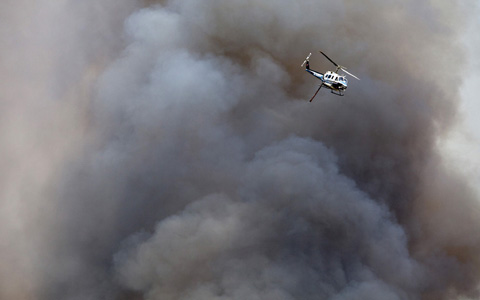The treasure tale of two museums
Updated: 2014-05-22 06:59
By Wang Kaihao (China Daily)
|
|||||||||||
Chinese tourists have long said that the best cultural relics from Beijing's Forbidden City are in Taiwan.
However, the director of the Palace Museum in Beijing believes that is a common misunderstanding.
"The Palace Museum is the world's biggest reserve of art from ancient China, and the abundant royal collections also make it a condensed showcase of Chinese history," said Shan Jixiang.
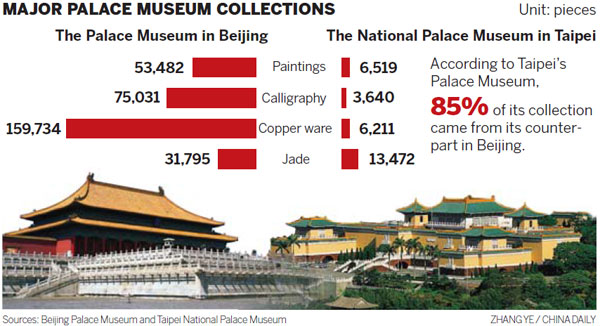
Among the museum's 1.8 million cultural relics, 93.2 percent are considered "precious", he said.
The Forbidden City in Beijing, built in 1420, is also the world's largest palace complex.

In the 1930s, nearly 13,500 boxes of cultural relics were moved to the south and then southwest to evade Japanese forces. After World War II, the outbreak of the civil war prevented many of the boxes being returned to the palace. When the Kuomintang left the mainland for Taiwan in 1949, three navy ships carried nearly 600,000 cultural relics, most of which were books and documents.
Many of those relics are now on display in the National Palace Museum, which was established in Taipei in 1965. The museum says 85 percent of its collection came from the Forbidden City. "They left so urgently, they had no time to select the so-called most precious items," Shan said.
"Partially due to their successful advertising campaign and mature cultural industry in developing popular souvenirs, tourists have an impression that their collection outstrips ours, but the truth is many visitors to our museum are attracted by the splendid architecture and don't pay enough attention to exhibits in the halls alongside both wings of the palace."
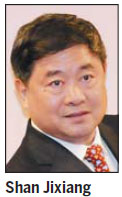
Nevertheless, Shan conceded that Taipei is better in certain types of cultural relics, including Siku Quanshu, or Complete Library in Four Sections, the largest collection of books in Chinese history.
"Our collections share the same roots and are important complements of each other," he added.
"Curators of the two palace museums have been on exchange visits," Shan said. He was glad to see more frequent academic communication has been scheduled. "Both museums are endeavoring to protect treasures and mix respective collections into ordinary people's cultural life.
"It's a pity is that collections of the National Palace Museum in Taipei are still not allowed on the mainland."
wangkaihao@chinadaily.com.cn
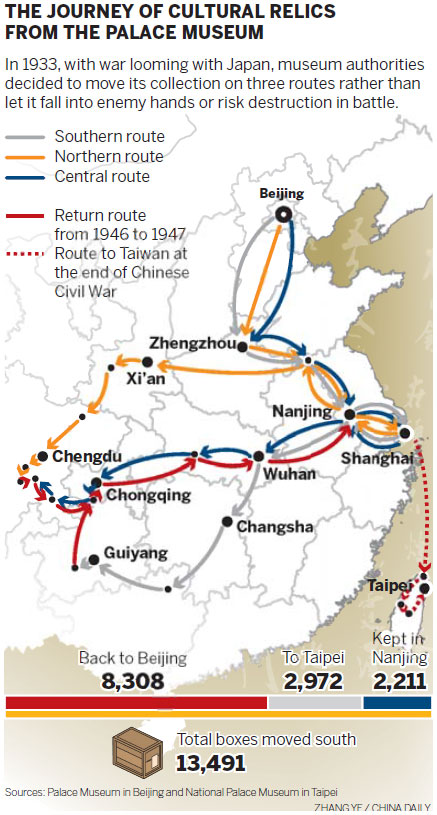
(China Daily 05/22/2014 page1)
Today's Top News
Price remains hurdle in Sino-Russia gas deal
49 deals cement China, Russia ties
Moscow train crash kills 6
China rebuffs US cybertheft charges
Turk mine company CEO arrested
Russia-China fund puts $1b into deals
China attracts more migrants
US attacks Beijing's cyber space
Hot Topics
Lunar probe , China growth forecasts, Emission rules get tougher, China seen through 'colored lens', International board,
Editor's Picks

|

|

|
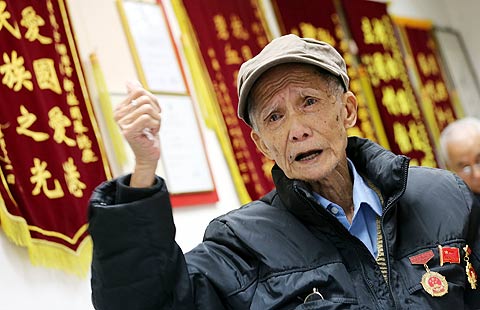
|
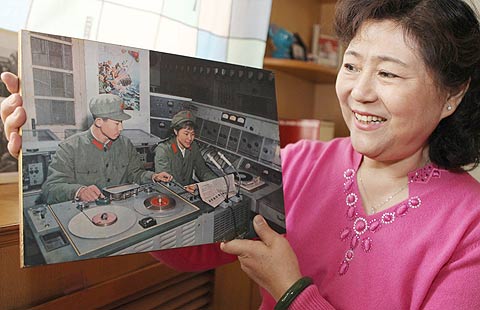
|
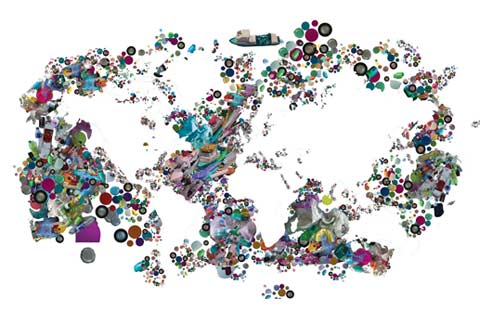
|


